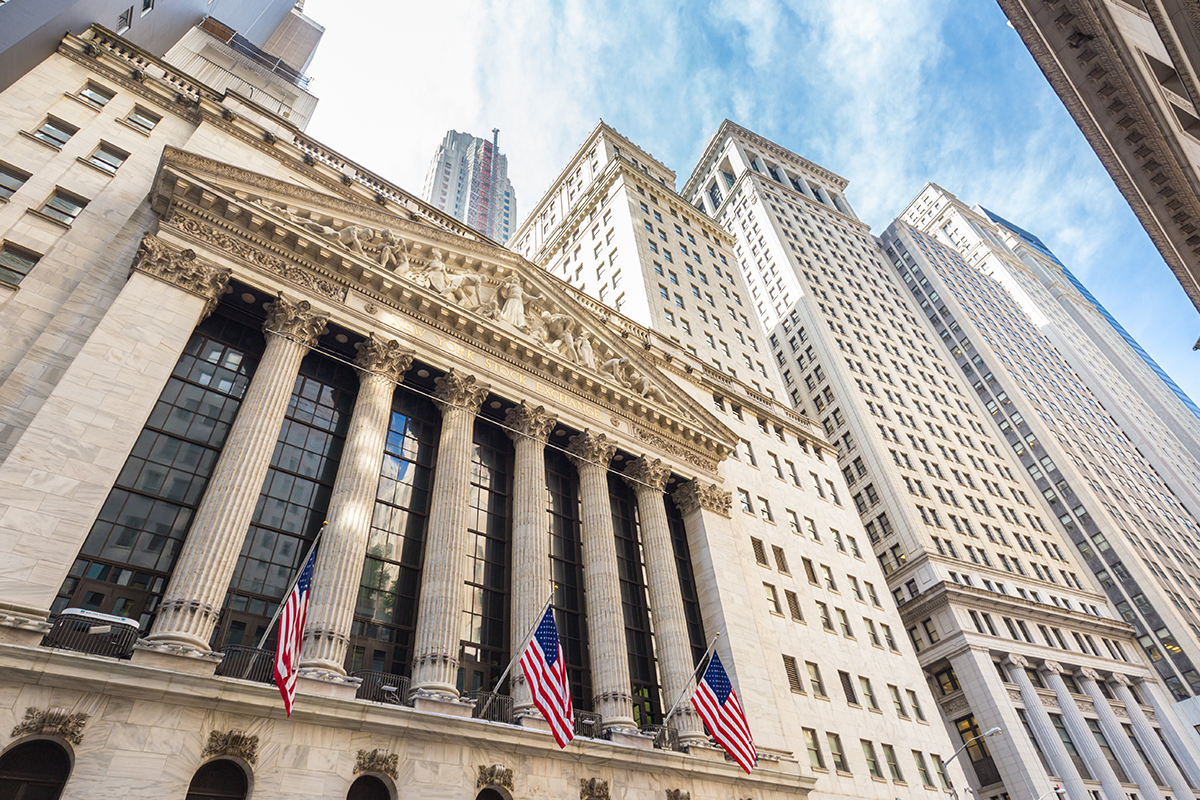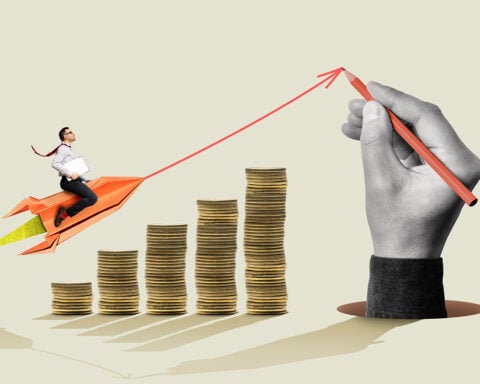In a year marked by heightened labour actions and corporate confrontations, one might expect the financial implications for businesses to be dire. Corporate America has lambasted striking workers, accusing unions of unreasonable demands. The substance has been clear: acquiesce to these demands, and company profitability, alongside competitive edge, will wane. Logically, this should alarm investors and result in a significant sell-off of stocks in these companies. Yet, the reality presents a different picture.
“It’s been a big year for labour action,” with around 450,000 US workers, encompassing a diverse range from actors to autoworkers, taking part in over 312 strikes, according to Cornell University’s Labor Action Tracker. An exciting sentiment emerged among shareholders, where “about 30%” considered strike actions as potential buying opportunities for fundamentally robust companies, as found in a survey by Public, a retail trading platform. This shift in investor interest is evident, with a rise in investments in major strike-affected companies like Ford, GM, and Stellantis. Entertainment giants such as Disney, Amazon, Apple, and Netflix also saw a 2.5% uptick in new investors on Public during the writers’ strike. The average investment amount even surged by 14.4%.
So, what’s causing this seemingly counterintuitive behaviour? For starters, industries like autos and streaming had an exceptionally prosperous run during the pandemic. However, with the resumption of standard lifestyles post-pandemic, these industries experienced a downturn in 2022. This made 2023 a rebound year. Despite these fluctuations, some analysts believe the labour actions could be considered a necessary market correction. Notably, the demands of the union were not far-fetched. “And it’s not like union members were asking for the moon,” with both sides having relatively close stances on pay hikes, especially given the record profits by automakers this year.
On the other hand, for those with a broader market perspective, the concerns might be overblown. The combined market share of entertainment and media firms in the S&P 500 is just over 2%. Similarly, the combined weight of Ford and GM is a meagre 0.25% of the S&P 500.
Outside these industries, there’s a brewing discontent in the pharmaceutical sector. Staff from various Walgreens locations walked out, voicing concerns over taxing working conditions. Though Walgreens states that most of their pharmacies remain functional, reports suggest otherwise, with many areas facing severe staff shortages.
Meanwhile, on the global front, Hamas’s tragic surprise attack on Israel has prompted strong reactions from foremost U.S. business leaders. JPMorgan Chase CEO Jamie Dimon, Goldman Sachs CEO David Solomon, and prominent business groups like the Business Roundtable and the US Chamber of Commerce have expressed their solidarity with Israel.
While labour unrest undeniably creates operational challenges for companies, its direct correlation to stock prices and investor sentiment might not be as linear as one might presume. With broader economic factors at play and the inherently cyclical nature of industries, it becomes imperative for investors to look beyond immediate disruptions and consider long-term potential and fundamentals.







